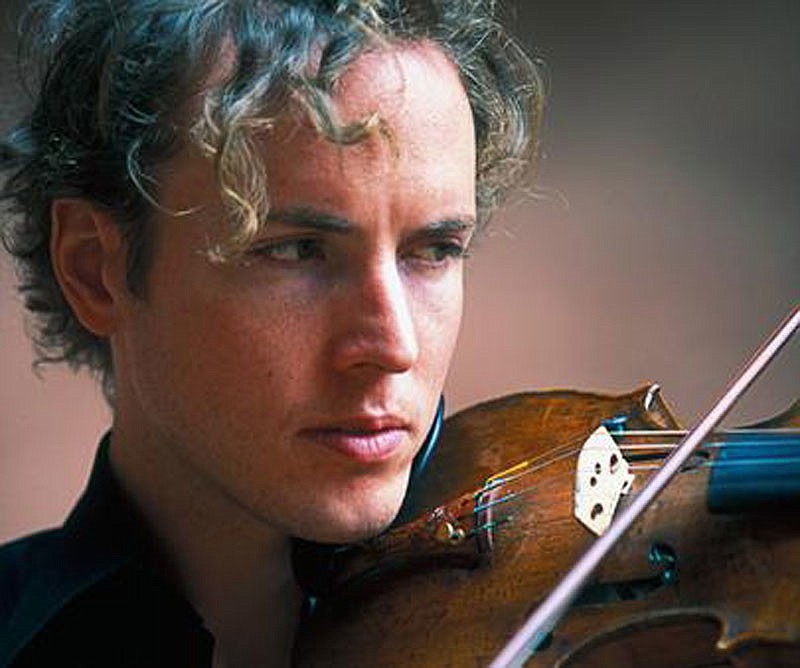- November 28, 2024
-
-
Loading

Loading

Tim Fain has won more awards than you can shake a bow at. The violinist, who graduated from both Curtis and Juilliard, is an Avery Fisher Career Grant awardee and has been part of the prestigious Young Concert Artists roster. He’s performed in Sarasota before, but his appearances at the Ringling International Arts Festival last week proved he’s worthy of every honor and should be going on to a career of major importance in the future.
We heard him at the Asolo’s Cook Theatre on the second day of the festival, which turned out to be his third performance there in two days. His program, a festival premiere, featured a preview of a new piece: three sections of what will be an eight-movement work by Philip Glass and the Bach Partita No. 2.
Glass has evolved. His style of writing used to be like tiny Lego blocks, all looking (sounding) alike, piled one on top of another in repetitive configurations that slowly (and sometimes mind-numbingly) formed different patterns of dizzying proportions. The unfinished work Fain premiered was rich, colorful and quite beautiful, with moments of plaintive contemplation and others filled with long, luxurious phrases. According to Fain, in his charming pre-performance introduction, Glass had used Bach as his guide for this piece, and, except for some Glassian double stops that Bach wouldn’t have dreamed of using, Glass has produced a wondrous nod to the Baroque master.
Interestingly, out of respect to Bach, Fain followed the Glass piece with the original Bach Partita and, in doing so, showed up the newer work as a mere shadow of the paradigm. Glass is good — but Bach is great.
And, Fain is fantastic. His technique and musicianship are impeccable, and his ability never to lose sight of where the phrase is heading, no matter how many notes try to sidetrack him, makes him a master of his instrument.
Unfortunately, one cannot say the same about the performance of Sanda and the Takeishis’ “Gypsy in a Tree,” which we saw in the Historic Asolo Theater an hour after Fain. My Romanian ancestors weren’t around to explain what this Piaf-sounding folk singer was singing and, without their voices in my ears, I was clueless. Performing should be about communicating, and I just didn’t get this one, in spite of the eager instrumentalists.
— June LeBell